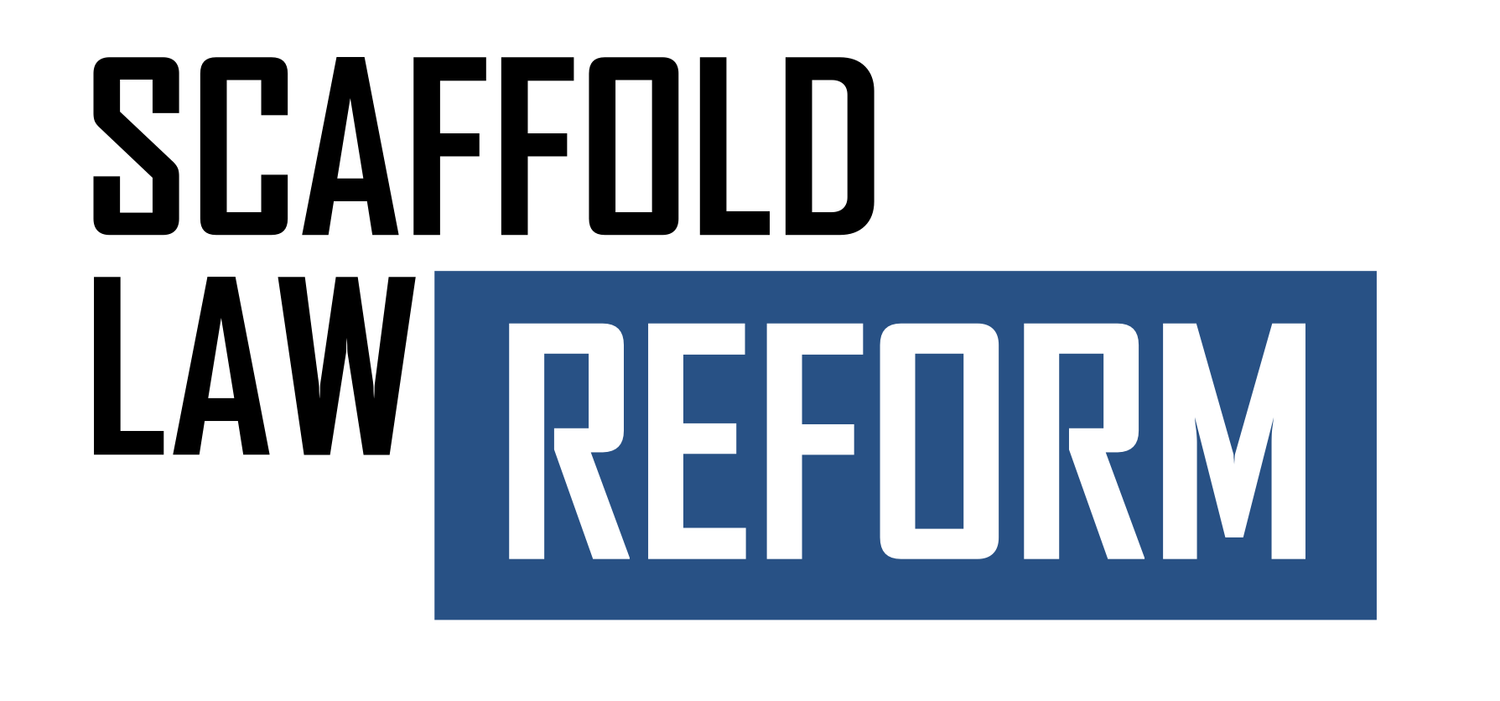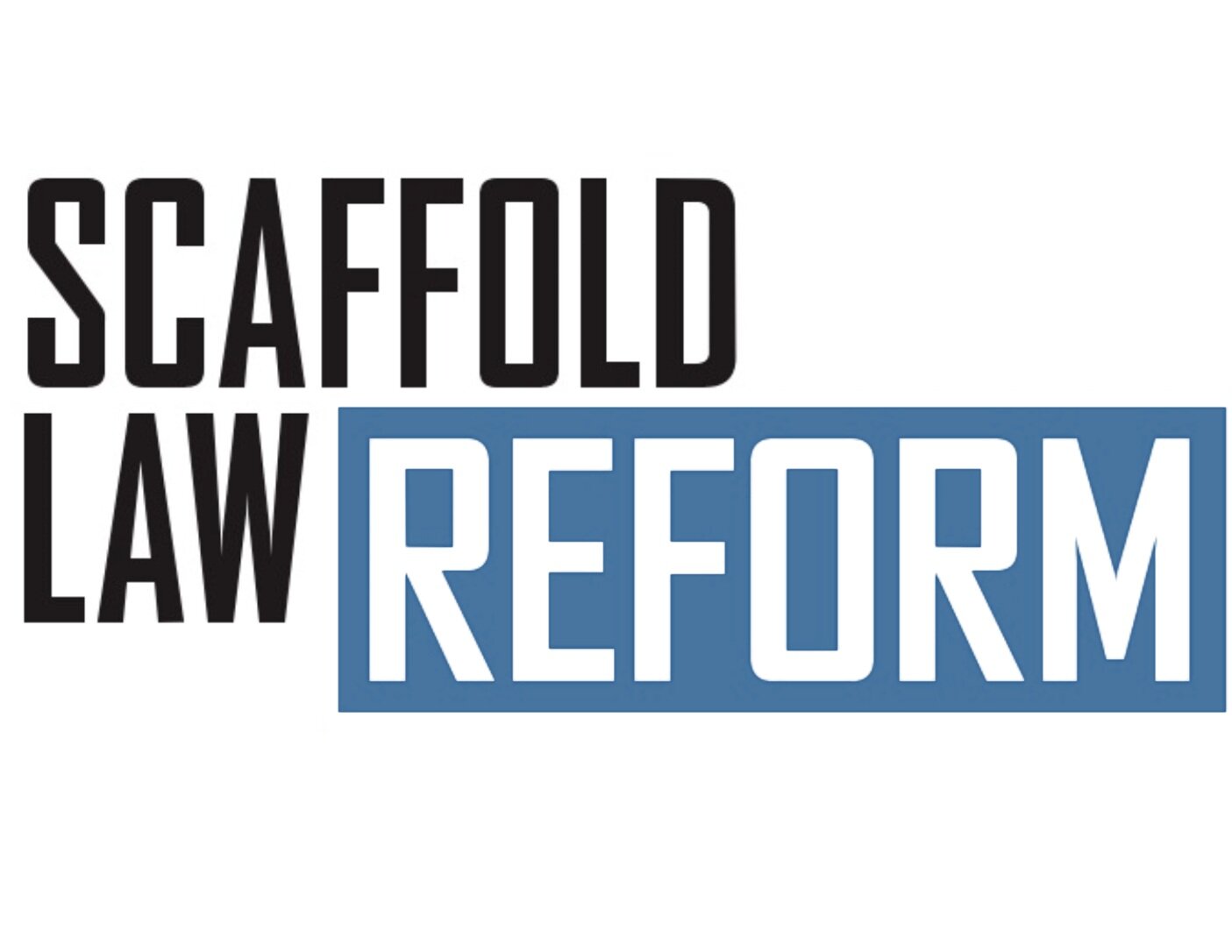Court of Appeals Tackles Ladders And Labor Law 240(1)
Byline: SOFYA UVAYDOV, JEFFREY MIRAGLIOTTA, CHRISTOPHER THEOBALT AND CHRISTOPHER BITAR
0 n April 28, 2022, the Court of Appeals decided a trio of Labor Law §240(1) ladder fall cases, all of which resulted in either the denial of summary judgment to the plaintiff or the dismissal of the claim altogether. The decisions are refreshing anomalies amid the landscape of New York courts reflexively granting plaintiffs summary judgment on §240(1) claims in ladder fall cases and will produce significant ripples in the area.
'Cutaia v. The Board of Managers of the 160/170 Varick Street Condominium'. In Cutaia, plaintiff was tasked with cutting and rerouting ceiling pipes located near electrical wiring. To reach the pipes, he used an A-frame ladder, which he leaned against the wall in the closed position due to spatial limitations. While attempting to connect two pipes, plaintiff was electrocuted and fell to the ground. He could not remember anything about the accident, including whether the ladder fell or whether he was thrown from it after being electrocuted.
The Appellate Division, First Department, found that the "unsecured and unsupported A-frame ladder" was inadequate for plaintiff's task because "the failure to properly secure a ladder ... is precisely the foreseeable elevation-related risk against which section 240(1) was designed to protect." Cutaia v. Bd. of Managers of 160/170 Varick St. Condo., 172 A.D.3d 424 (1st Dep't 2019). The fact that the accident stemmed from plaintiff's electrocution did not impact the First Department's analysis. On this point, the court distinguished the Court of Appeals' prior holding in Nazario v. 222 Broadway, LLC, 28 N. Y.3d 1054 (2016), reasoning that the ladder in Nazario "remained in an open locked position when it landed" and, therefore, no evidence existed "that the ladder was defective or that another safety device was needed." In other words, the First Department, not for the first time, took the position that a plaintiff's fall from a non-defective ladder due to an external force constitutes a per se statutory violation unless the ladder was affixed to the floor or wall i.e., that all A-frame ladders are inherently defective until bolted down.
In a 4-3 decision, the Court of Appeals reversed. Although the majority's opinion is relatively short, it repeatedly referenced and agreed with Justice Tom's dissent below. Citing Nazario, the high court found that "questions of fact exist as to whether 'the ladder failed to provide proper protection,' whether 'plaintiff should have been provided with additional safety devices." In other words, the majority questioned whether the statute had even been violated, i.e., whether it is true that the ladder was defective in any way. The majority also agreed with Justice Tom's dissent below that plaintiff's expert "conclusory" opinion was "did not meet plaintiff's burden of establishing proximate cause as a matter of law." Per Justice Tom's dissent, although the expert suggested alternative safety devices such as a scaffold or manlift, the expert did not explain how those alternatives could have prevented the electrocution or plaintiff's fall following the electrocution, if the alternatives were even feasible in the space, or what defect in the ladder caused plaintiff's accident. In other words, the majority indicated that a jury should get to decide whether the plaintiff was injured because of some "defect" in the ladder or because of a non-gravity-related force, e.g., electrocution, with the ladder merely being on hand at the time of the accident.
'David Bonczar v. American Multi-Cinema'. In Bonczar, plaintiff fell from a ladder in the lobby of a movie theater as he was updating a fire alarm system. After climbing up and down to the third or fourth step of the ladder numerous times without issue, he began to descend a final time when the ladder shifted and wobbled, causing him to fall.
The Appellate Division, Fourth Department, reversed the Supreme Court's order granting summary judgment to plaintiff on his Labor Law §240(1) cause of action. Central to the court's holding was the fact that plaintiff "acknowledged that he might not have checked the positioning of the ladder or the locking mechanism, despite having been aware of the need to do so." Bonczar v. Am. Multi-Cinema, 158 A.D.3d 1114, 1115 (4th Dep't 2018). On this basis, the court concluded that there was a factual question as to whether "plaintiffs own acts or omissions were the sole cause of the accident" and remanded the case for a trial on liability. Following this trial, the jury returned a defense verdict, finding plaintiff was the sole proximate cause of his accident because he failed to check the ladder's positioning and the improper positioning was the only substantial factor in causing the accident. Bonczar v. Am. Multi-Cinema, Brief for Plaintiff-Appellant, No. APL-2020-00121, 2021 WL 7707628, * 6 (N.Y.).
On appeal from the Fourth Department's affirmance of the judgment, the Court of Appeals curtly held that "[a] rational trier of fact could have found in defendant's favor on the Labor Law §240 (1) claim." It also found that the judgment did not bring up for review 2018 of summary judgment order holding that the order did not "necessarily affect" the final judgment by removing a "legal issue from the case" as required by CPLR 5501(a).
Inertia states that an object at rest remains at rest unless acted upon. Ladders are inert and do not move of themselves they move when something moves them. Simply put, when the record leaves open the possibility that that "something" is the plaintiff, summary judgment is improper.
'James Healy v. EST Downtown'. In Healy, plaintiff, a maintenance technician employed by the building's property manager, fell from an unsecured, eight-foot ladder while attempting to remove a bird nest lodged in one of the building's gutters above a commercial tenant's entryway. Plaintiff fell when a bird suddenly flew out from the nest.
In affirming the motion court's grant of summary judgment to plaintiff on his Labor Law §240(1) cause of action, the Appellate Division, Fourth Department found that plaintiff was engaged in "nonroutine cleaning" that involved elevation-related risks "not generally associated with typical household cleaning." Healy v. EST Downtown, 191 A.D.3d 1274 (4th Dep't 2021). In so holding, the court distinguished the Court of Appeals' ruling in Soto v. J. Crew, 21 N. Y.3d 562 (2013) by pointing out that the Soto plaintiff was engaged in routine dusting and was a custodian whose daily work functions centered on similar cleaning. Here, by contrast, "plaintiff had never been directed to remove a bird's nest from a gutter before."
The Court of Appeals has rejected the intermediate court's reasoning. Specifically, the court found that plaintiffs work was "routine," i.e., "the type of job that occurs on a daily, weekly or other relatively-frequent and recurring basis as part of the ordinary maintenance and care of commercial premises." Although the specific task of removing a bird's nest is not "routine", the court held that the relevant question is whether the elevation-related hazard associated with the task is the same "type" as that associated with routine cleaning and ordinary maintenance. Because it was of that type, it was not "cleaning" within the ambit of Labor Law §240(1 ).
Implications
From a defense standpoint, Cutaia is the most significant and reassuring decision of the three, chiefly because it reversed the grant of summary judgment by the First Department and clarified that even a fall from an unsecured ladder does not constitute an automatic 240(1) violation. It reinforces the need for causation evidence even in §240(1) cases. A plaintiff moving for summary judgment, or his expert, may not simply claim that other devices should have been used without showing that (1) that the task at hand necessitated such devices and that the alternatives feasibly could be used in the space and (2) crucially that the use of an alternative device would have prevented the accident.
Bonczar, while at first blush does not appear impactful on Labor Law jurisprudence, strengthens the sole proximate cause defense in cases where a non-defective ladder "shifts" for no clear reason. Although the court did not review the underlying summary judgment order, it did affirm the post-trial decision denying plaintiffs CPLR 4401 motion and maintained the jury's finding of sole proximate cause based on plaintiff's failure to check the ladder's position prior to starting the work. If the Court of Appeals will sustain a defense verdict based on this evidence, the same evidence justifies a denial of a plaintiff's summary judgment motion as it should, because a jury could obviously conclude that a plaintiff failed to establish that the ladder "shifted" due to some force other than himself.
Healey may appear to be the least significant of the trio, insofar as it effectively re-affirms the nearly decade-old Soto rule. But as defense practitioners know, the plaintiff bar routinely invokes the longstanding Democratic hold over the Governor's mansion to claim that we are always just on the edge of a radical revolution in all aspects of personal injury jurisprudence. Healey, if nothing else, should serve as something of an antidote to such tactics.
SOFYA UVAYDOV and JEFFREY MIRAGLIOTTA are partners at Coffey Modica O'Meara Capowski. CHRISTOPHER THEOBAL T and CHRISTOPHER BITAR are of counsel and an associate, respectively, in the firm's appellate group.

